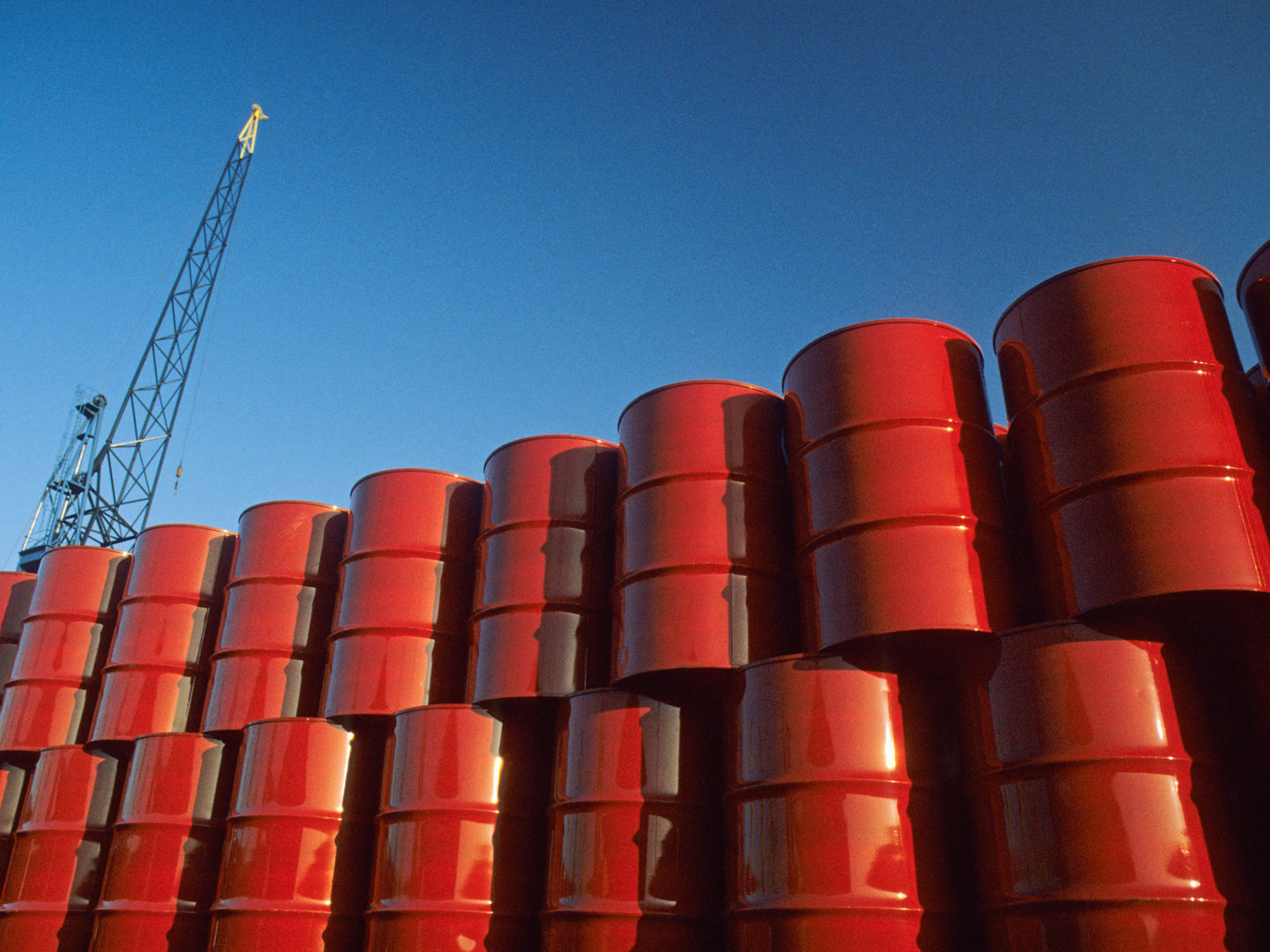The Oil curse and its drive to $75

“Donald Trump is not happy about the price of oil,” said Jordan Weissman at Slate. The president recently chided the Organization of the Petroleum Exporting Countries, suggesting the cartel was manipulating global oil supplies in order to drive up prices, which this week briefly topped $75 a barrel, the highest in more than three years. “Looks like OPEC is at it again,” Trump tweeted. “Oil prices are artificially Very High! No good and will not be accepted!” The cost of oil is up roughly 46 percent over last year, and with demand climbing, drivers have seen prices at the pump also soar to three-year highs. The last time oil was north of $70 a barrel, prices “were in the middle of a steep collapse,” said Stephanie Yang and Alison Sider at The Wall Street Journal.
It was 2014, and the U.S. shale boom and the resumption of drilling in Libya had resulted in a global glut of crude, causing oil prices to crater, eventually to just $26 a barrel. For two years, OPEC countries responded by pumping frantically, hoping to drive U.S. shale operators out of business. But in 2016, they “reversed course” and enlisted other petrostates, such as Russia, to agree to major production cuts. Over time, the cartel successfully rolled back production by more than 1.5 million barrels a day, eliminating the global glut that had kept prices low.
OPEC has long been a scapegoat for American presidents, said Clifford Krauss at The New York Times, but in truth it “doesn’t have the same influence it once did.” Thanks to shale drilling, the U.S. now accounts for more than 10 million of the 98 million barrels of oil a day produced worldwide — a level unthinkable a decade ago. That has helped stabilize the global oil market and “kept big price rises in check.” But it’s also becoming clear that “there are limits” to shale’s growth. A shortage of pipelines and workers could slow output over the next two years, and U.S. refineries, “generally designed for heavier crudes, are reaching a saturation point for the lighter shale oil produced around Texas and North Dakota.” That’s given OPEC a window of opportunity to influence prices — which it’s done. Trump’s rant about more expensive oil “misses a new reality,” anyway, said Sho Chandra at Bloomberg. The idea of cheap oil being an unalloyed good for Americans “harks back to an earlier era,” when lower prices would boost consumption and keep business costs down. But with the U.S. on track to overtake Russia as the world’s largest oil producer by next year, a large chunk of the American economy now stands to benefit from higher prices.
The Iranian nuclear deal is the next wild card for the oil market, said Charles Riley at CNN Money. Iran has “ramped up production since sanctions were eased” in 2015 to 3.8 million barrels a day — an increase of about 1 million daily barrels. If Trump tears up the accord and imposes new sanctions on Iranian energy exports, it “would put a dent in global supply and cause prices to spike higher.” If that happens, the president could try to pressure Saudi Arabia to abandon its stated goal of pushing oil into the $100-a-barrel range, said David Blackmon at Forbes. One thing is certain: If Trump is really interested in lowering oil prices, “he’s going to have to do more than tweet about it.”

